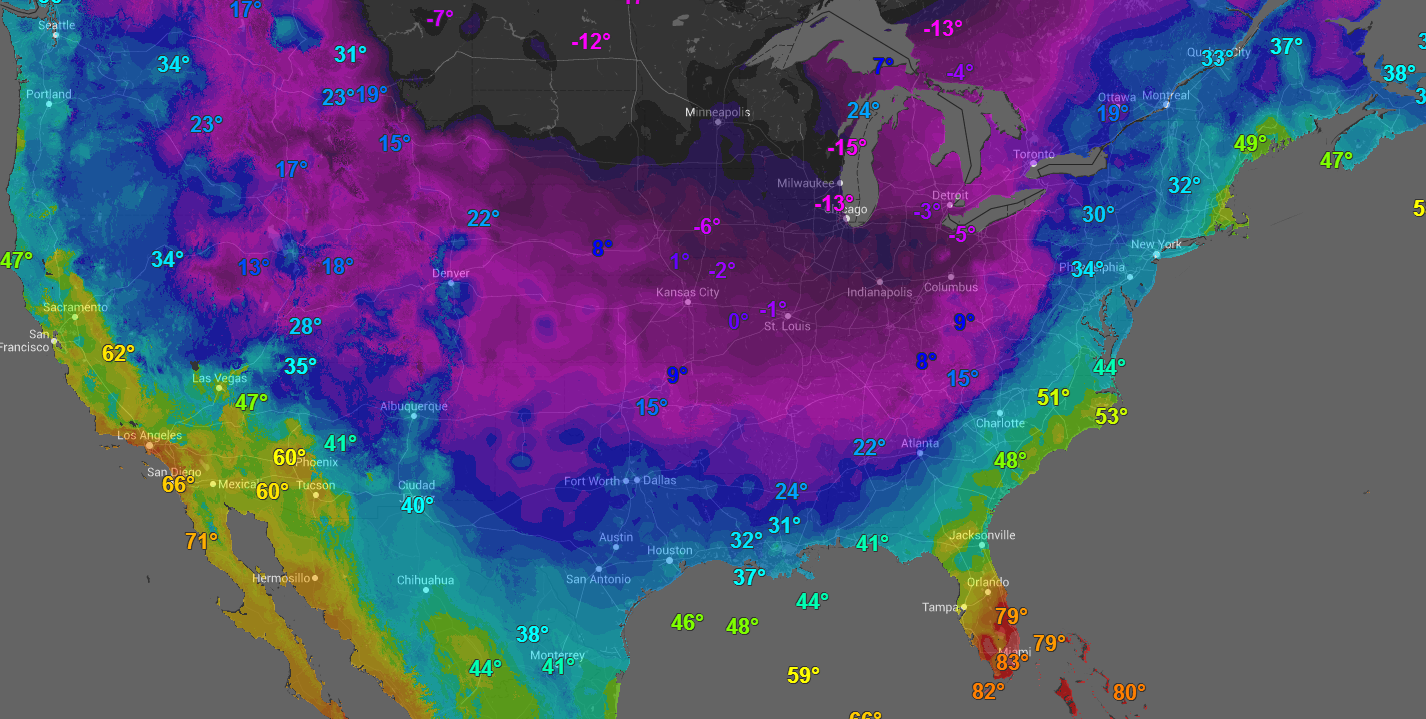 West-coasters who are upset about temperatures in the 50s should visit the upper Midwest this week. Northern Illinois, Wisconsin, Minnesota, and parts of Michigan are experiencing temperatures below -10 degrees today with wind chills as low as -65 degrees.
West-coasters who are upset about temperatures in the 50s should visit the upper Midwest this week. Northern Illinois, Wisconsin, Minnesota, and parts of Michigan are experiencing temperatures below -10 degrees today with wind chills as low as -65 degrees.All over, people are throwing hot cups of water in the air to watch in awe as it freezes into snow before hitting the ground. This is cold!
An important thing to keep in mind is what you can do if the power goes out. In this kind of cold, it's important to have a backup plan. Survival in severe subzero cold requires a lot more than just putting on a sweatshirt and mittens. How can you heat your home if you don't have electricity to run your furnace?
Electric Generators
Emergency portable generators are a very effective solution. They must be run outdoors though, at least 10-18 feet from your home because they produce carbon monoxide. Portable generators are great in these situations because they can power your furnace and lights during an outage, and then be stowed away after the power is restored.
Fireplace
You can always go the old school route and burn firewood in a fireplace or a wood burning stove. There are many ways of splitting firewood. You can use a gas log splitter outdoors, an electric log splitter indoors or outdoors, a manual log splitter from the comfort of your living room, or a hatchet on a stump should you need the exercise.
A manual log splitter is much easier than a hatchet, but may not be ideal if you're splitting lots of wood.
An electric log splitter is much easier and more powerful than a manual splitter, and it can be used safely indoors. It's quieter and doesn't give off fumes.
A gas log splitter is the most powerful, but can only be used outdoors. It's usually larger, louder, and or course requires gasoline.
Once you choose the splitter(s) that you want, you can being splitting firewood. It's best to do a large amount in the early fall and stack it up someplace dry. This gives it time to cure and dry out. That way, by the time you need it, it'll be ready to burn.
Whatever you end up choosing, make sure you stay warm enough. This weather is dangerously cold, and you want to be sure you're safe.


